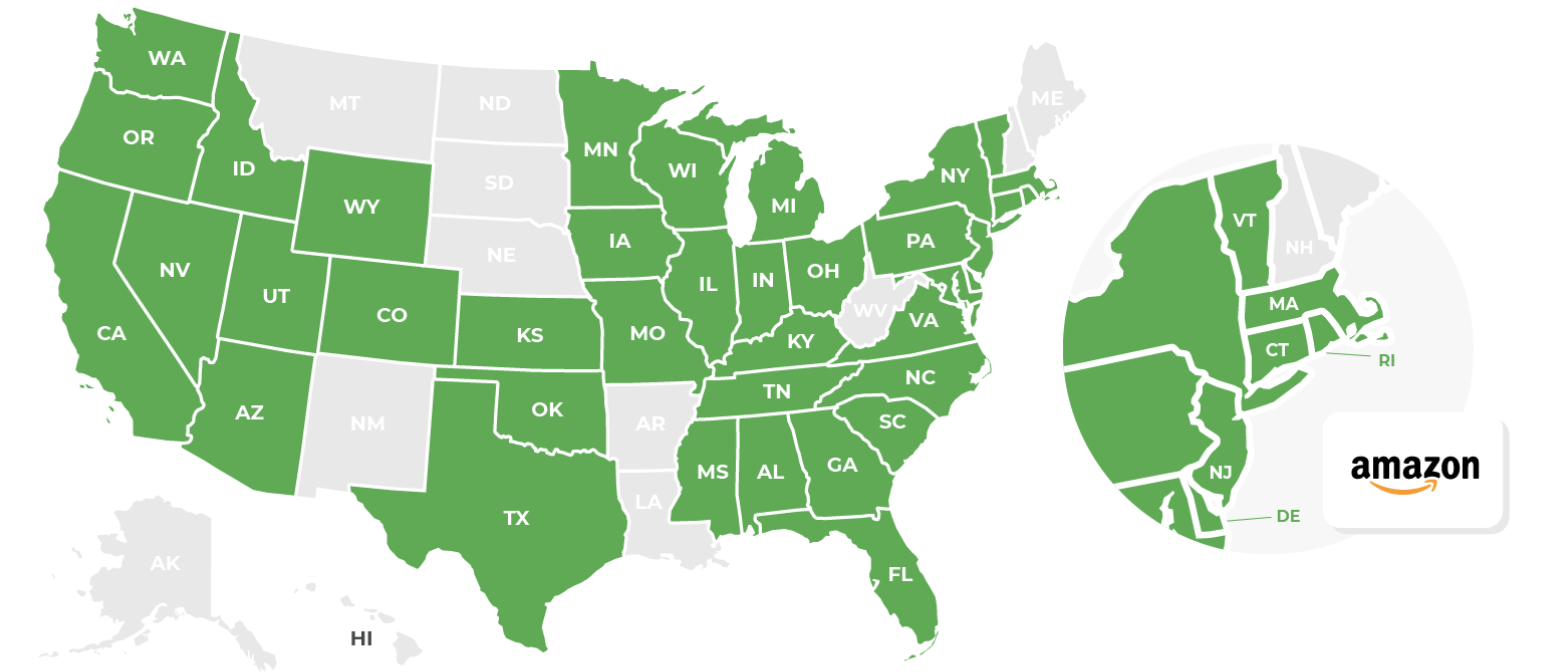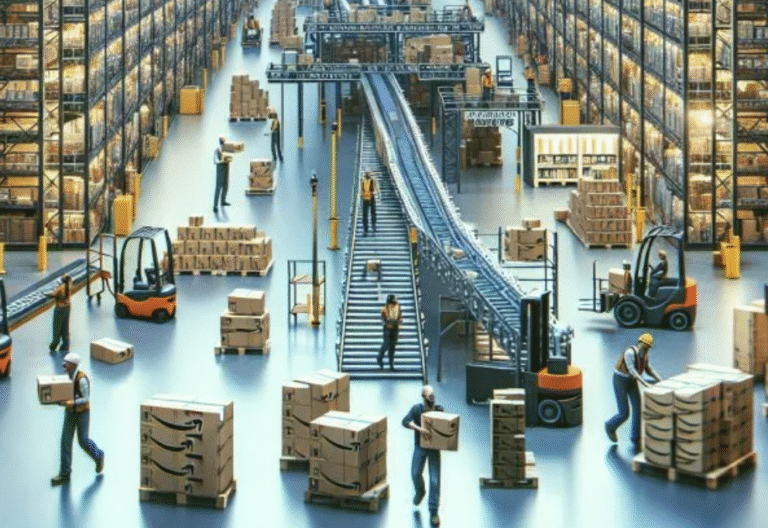How to find Amazon Warehouse near me
With the explosive growth of Amazon across the U.S. and beyond, it’s no surprise that more and more shoppers, sellers, and curious entrepreneurs are searching for “Amazon warehouse near me.”
Whether you’re looking to score deals on returned products, shorten delivery times, or start reselling liquidation stock, knowing how to locate your nearest Amazon warehouse can be a huge asset.
But before you drive across town expecting a storefront, Read This Review Before You Buy—because Amazon warehouses don’t function like traditional stores.
In this guide, we’ll break down exactly what Amazon warehouses are, where to find them, and how to tap into the hidden goldmine of deals, jobs, and opportunities they offer.
Let’s unpack everything you need to know.
Table of Contents
What Is an Amazon Warehouse?
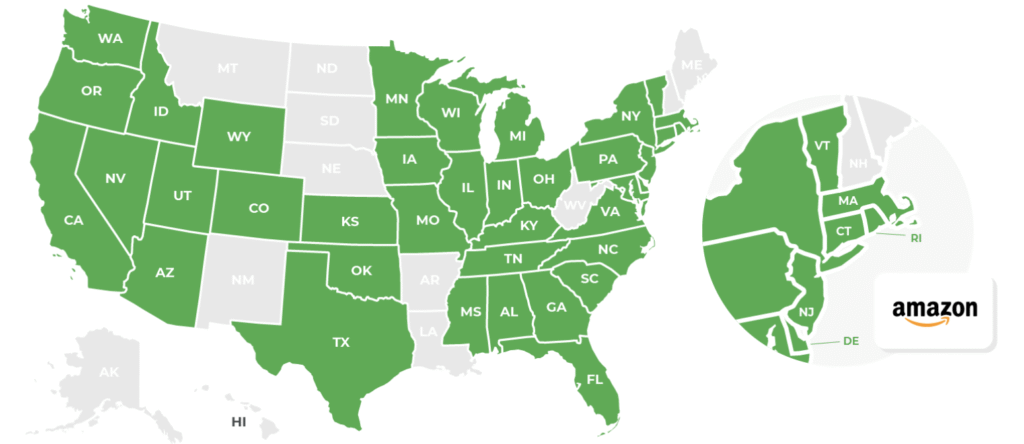
There’s often confusion around this term because Amazon operates different types of warehouse facilities:
🏬 Amazon Fulfillment Centers (FCs):
These massive distribution hubs store millions of products. When you click “Buy Now,” your item ships from one of these centers. They’re run by Amazon employees and robotics and serve customers, third-party sellers (FBA), and even global distribution.
📦 Amazon Warehouse Deals (Online):
A special section on Amazon.com that sells returned, refurbished, or open-box items at discounts. This is not a physical location—it’s a category of inventory Amazon lists directly.
🔁 Amazon Liquidation Warehouses:
Separate facilities or third-party sellers who buy excess inventory from Amazon and resell it by the pallet. These are sometimes open to the public or work through auction sites.
Pro Tip: Just because a building says “Amazon” doesn’t mean you can shop there. Learn the differences to find exactly what you’re looking for.
Why You Might Want to Locate an Amazon Warehouse
Whether you’re a shopper, reseller, or just curious, there are plenty of reasons you might want to know where your nearest Amazon facility is located.
🚀 Faster Shipping or Pickup:
Living near a fulfillment center can mean same-day or next-day delivery, especially if you’re a Prime member.
💰 Sourcing Inventory for Resale:
Some Amazon goods end up at local liquidation centers. Knowing where inventory originates helps you understand turnover, seasonal trends, and supply chain timing.
🔁 Returns & Logistics:
While you can’t return items directly to a warehouse, many fulfillment centers work with Amazon Lockers, Hubs, or drop-off points that are nearby.
💼 Employment or Vendor Opportunities:
From warehouse jobs to becoming a local delivery partner (DSP), locating Amazon facilities near you can open up new streams of income.
Pro Tip: If you’re launching an Amazon FBA business, knowing which fulfillment center serves your region is key for inventory prep, shipping labels, and FNSKU accuracy.
How to Use Amazon’s Warehouse Deals Page
Many people hear about “Amazon warehouse deals” and assume there’s a physical outlet store. But in most cases, these deals are found online.
How It Works:
- Amazon repackages customer returns and sells them at discounted rates
- Items are listed under “Amazon Warehouse” as the seller
- Each item includes a description of its condition: “Used – Like New,” “Used – Very Good,” etc.
Where to Find It:
- Go to amazon.com/warehouse-deals
- Filter by category (electronics, kitchen, etc.)
- Check condition notes and Prime eligibility
Benefits:
- Heavily discounted prices
- Fully backed by Amazon’s return policy
- Often indistinguishable from new items
Pro Tip: Use this as a low-risk entry point for testing resale products, especially in categories like electronics, home goods, and tools.
Ways to Find an Amazon Warehouse Near You
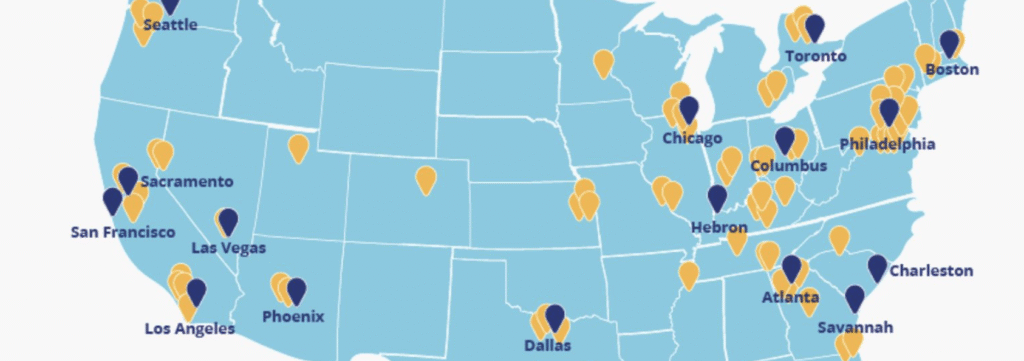
Looking for a nearby Amazon fulfillment or liquidation center? These are the most effective tools to get you started:
🔍 1. Google Maps
Type “Amazon warehouse near me” or “Amazon fulfillment center + [Your City/State]”. You’ll usually see several pop up, depending on your region.
🧭 2. Amazon Jobs Locator
Visit amazon.jobs and select your region. You’ll find a complete list of operational warehouses, sort centers, delivery stations, and more.
📓 3. Online Directories
Some third-party sites like:
- WarehouseDeals.org
- LiquidationMap.com
- LogisticsViewpoint directories
These list open-to-the-public warehouses, Amazon FBA prep centers, and third-party partners.
📱 4. Facebook Groups
Join groups like:
- “Amazon Liquidation Near Me”
- “Local Pallet Sellers and Buyers USA”
Members often share local warehouse tips, addresses, and buying strategies.
Pro Tip: Save the warehouse address on Google Maps and call ahead if it’s not a public facility.
Using the Amazon Fulfillment Center List (by state)
Amazon has over 150 fulfillment centers in the U.S. alone, with at least one in almost every state. Knowing your local FC helps:
- Track where your orders ship from
- Plan logistics if you’re an FBA seller
- Understand where liquidation inventory may originate
How to Find the List:
- Visit fbatoolkit.com/amazon-fulfillment-centers
- Sort by state or FC code (e.g., ONT8, TPA1)
- Note the address and facility type (e.g., Fulfillment, Sort, or Delivery Station)
Sample States:
| State | City | FC Code | Facility Type |
|---|---|---|---|
| California | San Bernardino | ONT8 | Fulfillment Center |
| Texas | Dallas | FTW1 | Fulfillment Center |
| Florida | Lakeland | TPA1 | Fulfillment Center |
| Illinois | Joliet | MDW2 | Fulfillment Center |
| New Jersey | Edison | EWR4 | Fulfillment Center |
Pro Tip: For resellers, your designated FBA facility may vary based on Amazon’s distribution algorithm. Knowing nearby FCs can help you prep and bundle smarter.
Using the Amazon Fulfillment Center List (by state)
Breakdown by Region
When trying to identify which Amazon fulfillment center services your area, it’s essential to refer to the official Amazon Fulfillment Center List, which organizes facilities by state and region. This resource is particularly useful for:
- Understanding Regional Coverage: This list allows you to see the locations of fulfillment centers based on proximity to major cities, regions, and even rural areas.
- Optimizing Delivery Times: If you’re a seller or consumer, knowing which fulfillment centers handle orders for your region can help you better predict shipping times and costs.
- Strategizing for Inventory Management: For businesses leveraging Amazon FBA (Fulfillment by Amazon), knowing where your inventory is stored can help you optimize your shipping and delivery strategies.
How to identify which center services your area
To determine which fulfillment center serves your specific location, you need to consider both your address and the shipping options Amazon provides.
Most fulfillment centers service a broad range of zip codes, but knowing your local Amazon center will give you insights into delivery times and fulfillment efficiency.
Check the Amazon Seller Central dashboard or use available APIs to identify the closest warehouse to your shipping address.
Can You Buy Directly from Amazon Warehouses?

Warehouse Deals vs. Physical Walk-ins
While the general public cannot directly walk into Amazon’s fulfillment centers to purchase items, there are alternatives:
- Amazon Warehouse Deals: This is a retail service where customers can buy returned, refurbished, or overstocked items at discounted prices. These deals are accessible online and can offer significant savings on many popular products. They operate separately from Amazon’s main inventory but offer items often sourced from their fulfillment centers.
- Physical Walk-ins: Amazon typically restricts public access to their fulfillment centers for security and operational reasons. However, certain outlets or secondary locations like Amazon Outlet Stores offer discounted goods, but these are rare and limited to specific areas.
Why Public Access Is Restricted
Amazon fulfillment centers are heavily secured for operational reasons, ensuring product safety, operational efficiency, and protection against theft. Allowing public access could disrupt these activities and introduce security risks. Additionally, Amazon relies on a highly automated system where inventory management and order processing occur with precision—having outsiders within these spaces could hinder those operations.
How to Find Local Liquidation & Return Centers
Partners of Amazon (like B-Stock, Liquidation.com)
Liquidation and return centers provide access to bulk quantities of returned, excess, or unsold merchandise, often at steep discounts. Some platforms partner directly with Amazon, such as:
- B-Stock: Amazon’s primary liquidation partner. Through B-Stock, buyers can purchase bulk liquidation pallets directly from Amazon.
- Liquidation.com: Another reputable liquidation site, this platform provides Amazon return pallets, which contain various types of unsorted products ready for reselling.
Google “Amazon pallets near me”
If you’re looking for local deals, typing “Amazon pallets near me” into Google can lead to sellers or liquidation hubs that offer pallet sales. These pallets often contain returned items, and purchasing from them can be a profitable venture for resellers.
Using Facebook Marketplace & Craigslist
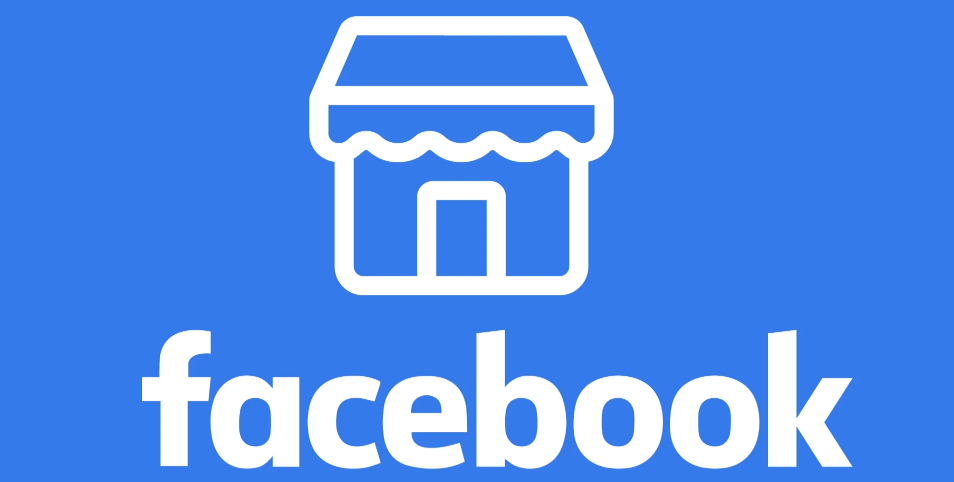
Tips for Finding Sellers Who Buy from Amazon Warehouses
Online marketplaces like Facebook Marketplace and Craigslist are valuable resources for finding resellers who source from Amazon warehouses. Here’s how to approach it:
- Look for Reseller Listings: Search for listings mentioning “Amazon returns,” “liquidation pallets,” or “wholesale deals.” These sellers often buy directly from liquidation centers and resell items at a profit.
- Check Seller Ratings: Always evaluate the credibility of sellers, especially when buying large quantities. Look for verified sellers or established businesses with good feedback.
Risks to Avoid
- Scams: There are fraudulent listings where sellers do not actually have access to Amazon liquidation pallets but instead offer fake or defective goods. Be cautious about unusually low prices or vague product descriptions.
- Quality Concerns: Many liquidation items may be returned or damaged. Always ask for details about the condition of items before committing to a purchase.
Difference Between Fulfillment Centers & Liquidation Warehouses
Purpose, Accessibility, Inventory Type
Fulfillment centers and liquidation warehouses serve very different purposes:
- Fulfillment Centers: These are Amazon’s main hubs where they store products for third-party sellers, prepare orders, and ship them to customers. These centers are highly automated, ensuring fast processing times. Access to fulfillment centers is generally restricted to Amazon employees, delivery partners, and vendors.
- Liquidation Warehouses: These centers handle products that have been returned, damaged, or overstocked. They focus on liquidation, offering products for resale at a significant discount. These warehouses are generally open to the public or third-party buyers, and purchasing in bulk can be a cost-effective way to acquire items for resale.
Benefits of Visiting an Amazon-Affiliated Warehouse

Real-Time Deals
For resellers or bargain hunters, Amazon-affiliated warehouses offer an excellent opportunity to purchase items at discounted rates. By visiting liquidation centers or partner warehouses, you gain access to:
- Exclusive Discounts: Items sold at liquidation centers are often priced at a fraction of retail value.
- Bulk Purchasing: You can often buy in bulk, enabling you to resell items at a profit.
Local Sourcing and Pickups
Visiting a local warehouse provides the convenience of avoiding shipping fees and delays. For those living near an Amazon warehouse or liquidation center, this can be an advantage in quickly sourcing products.
No Shipping Delays
By purchasing directly from a local warehouse, you eliminate the need for shipping, ensuring immediate access to inventory for reselling or personal use.
What to Expect Inside an Amazon Fulfillment Center
Operations, Automation, Security Protocols
Inside an Amazon fulfillment center, the operations are highly automated, with robots and human employees working together to process orders. You can expect to see:
- Automated Systems: Robotic systems move products along conveyor belts and sort them into shipping bins. This increases efficiency and reduces the time between order placement and shipment.
- Security Protocols: Security measures are strict, including surveillance, controlled access points, and employee badges. The entire facility is designed to protect inventory and ensure smooth operations.
Employee Insights
While the public doesn’t have direct access, current or former employees may provide valuable insights into the inner workings of Amazon fulfillment centers, often highlighting the speed and complexity of the operations.
How to Apply for an Amazon Warehouse Tour
Tour Availability and Locations
Amazon has a select number of fulfillment centers that offer tours to the public, but these tours are limited and often require pre-booking. Here’s how to get started:
- Tour Availability: Amazon generally offers warehouse tours at a few select locations. Availability may vary depending on the region and time of year. Some centers are more open to tours than others.
- Booking a Tour: To apply for a tour, you’ll typically need to visit Amazon’s official website or specific tour pages for that center. Make sure to check for any restrictions related to group sizes, age limits, and COVID-19 regulations that may affect availability.
Virtual Tour Alternatives
If an in-person tour isn’t possible, Amazon also provides virtual tours. These are often available for educational purposes or as a way for potential sellers to understand the fulfillment process. Virtual tours can give you a similar look at how Amazon’s warehouses operate without needing to be physically present.
Can You Return Amazon Items to a Local Warehouse?
Return Center Process
While Amazon typically doesn’t allow customers to return items directly to fulfillment centers, certain regions have Amazon Return Centers where returns can be processed. Here’s what to expect:
- Return Process: If you’re returning an item to Amazon, you’ll likely be required to ship it back via their designated return service, which could include drop-off at an Amazon Locker or a partner store like Kohl’s or Whole Foods.
- Local Warehouse Returns: In some cases, Amazon has return hubs or processing centers where returned items are sorted. These locations typically process returns in bulk, not for individual consumers to drop off their returns.
Locker and Hub Alternatives
Amazon Lockers and Amazon Hub locations allow you to drop off or pick up returns without going to a traditional warehouse. These are convenient options that provide flexibility when returning products. They are often found in grocery stores, shopping centers, or other local businesses.
Sourcing from Warehouses: Pros & Cons
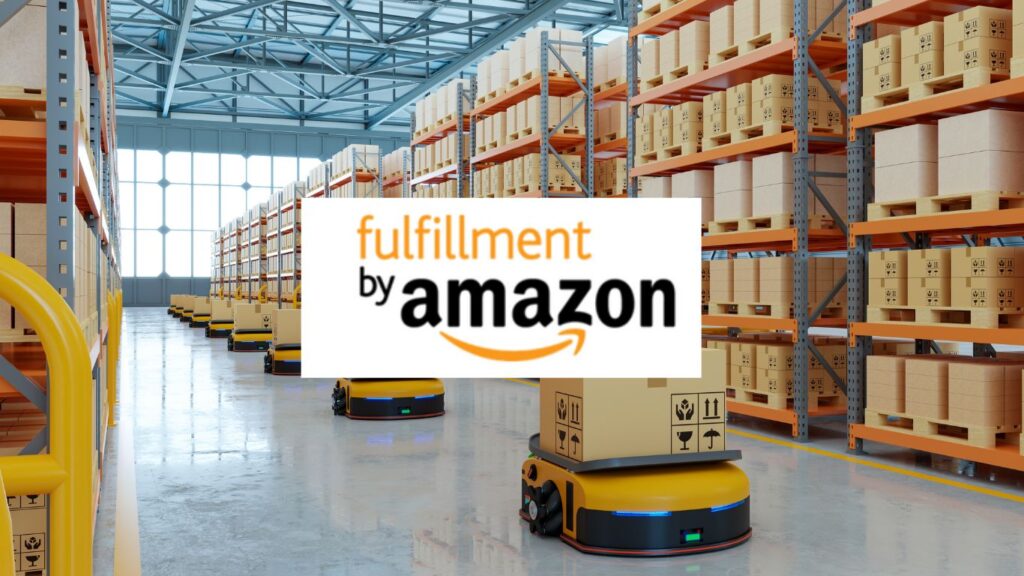
Opportunity vs. Restrictions
Sourcing from Amazon warehouses, whether through liquidation centers or directly from fulfillment centers, has its advantages and limitations:
Pros:
- Discounted Products: Many items from liquidation warehouses are significantly cheaper than retail prices.
- Bulk Purchases: Buying in bulk can lead to greater profits if you’re reselling.
- Diverse Inventory: Liquidation pallets often contain a wide variety of products, which can be perfect for resellers looking to diversify their stock.
Cons:
- Quality Issues: Many liquidation items may be damaged, missing parts, or unsellable.
- Limited Access: Access to Amazon’s actual fulfillment centers is restricted, making sourcing more difficult.
- Risk of Fraud: Be cautious of scams when purchasing liquidation pallets from unverified sources or third-party sellers.
Tips for Resellers Looking for Amazon Warehouse Deals
Use Third-Party Marketplaces and Sourcing Agents
For resellers, finding great Amazon warehouse deals is all about being strategic:
- Third-Party Marketplaces: Platforms like eBay, B-Stock, and Liquidation.com are excellent sources for reselling liquidation pallets. These platforms often feature Amazon’s excess inventory, returns, and customer refunds.
- Sourcing Agents: Some businesses hire sourcing agents who specialize in finding the best liquidation pallets and warehouse deals. These agents can help you navigate the process and secure high-quality inventory at competitive prices.
Mention Simoosourcing
For those looking to streamline the sourcing process, services like Simoosourcing (a known third-party sourcing agent) can help you identify the best deals from Amazon liquidation and fulfillment centers. They often have insider access to deals and can help you source items for resale with minimal hassle.
Amazon Fulfillment Center Map & Search Table
Regions, Addresses, Accessibility
For sellers and buyers alike, having a map of Amazon’s fulfillment centers and warehouses can help you locate the nearest facilities. A searchable database can be incredibly useful when you’re trying to plan inventory storage, shipping routes, or figure out which warehouses service your area. Some important factors to consider when using this map include:
- Proximity: Knowing how far a fulfillment center is from your location can help you manage delivery times or determine where your inventory will be stored.
- Accessibility: Some fulfillment centers are open to third-party vendors for inventory drop-offs or pickups, while others have stricter policies.
Pros & Cons of Locating a Nearby Amazon Warehouse
Fast Access vs. Limited Entry
Having an Amazon warehouse nearby can be a major advantage, but it’s important to weigh the pros and cons:
Pros:
- Quick Access to Inventory: If you’re a reseller or small business, a local Amazon warehouse means faster access to products without waiting for delivery times.
- Reduced Shipping Costs: Sourcing from a nearby warehouse can help you save on shipping fees and time delays.
Cons:
- Restricted Entry: While the warehouse is close, you may not be able to enter without permission. Amazon fulfillment centers are not open to the public, so this can be a major drawback.
- No Guaranteed Stock: Even if you’re close by, you won’t always have access to the items you need unless you have specific clearance or a pre-established relationship with Amazon or its partners.
Checklist Before Visiting or Sourcing from a Warehouse
Must-Know Logistics
Before you head out to a liquidation center, fulfillment center, or warehouse, make sure you’ve checked off these important logistics:
- Verify Location: Confirm the exact address and check for any operational hours or restrictions on entry.
- Know Your Inventory Needs: Have a clear idea of what you’re looking for and the quantity of items you need to purchase.
- Prepare Necessary Documentation: If visiting as a seller or buyer, ensure you have the right documents or credentials to gain access (for example, business licenses or reseller permits).
- Transport Considerations: Plan for how you will transport large quantities of items back to your storage or selling location.
Conclusion
Final Thoughts and Action Steps
Sourcing products from Amazon fulfillment centers and liquidation warehouses can be a game-changer for resellers, small businesses, or anyone looking for discounted products. Whether you choose to buy through liquidation platforms, explore Amazon Warehouse Deals, or even attempt to visit a local fulfillment center (if possible), it’s essential to do your research and understand the process.
If you’re new to sourcing from warehouses, start small and scale your approach as you become more familiar with the process. Always verify the quality of the products and the legitimacy of the sellers before making a purchase. By following these steps, you can maximize the potential for finding great deals while minimizing risks.
FAQs About Amazon warehouse
Can I visit an Amazon warehouse?
In general, Amazon fulfillment centers are not open to the public. However, some centers offer tours by appointment or for specific events, so check for availability.
What’s the difference between fulfillment and return centers?
- Fulfillment centers handle inventory storage and order processing.
- Return centers process returned products that customers no longer want or have returned due to defects.
How do I buy liquidation pallets from Amazon?
You can purchase liquidation pallets from Amazon’s official partners like B-Stock, Liquidation.com, or third-party resellers who specialize in liquidation sales.
Are there pickup-only Amazon locations?
Some Amazon centers may allow pickup of specific types of products, especially if you’re a vendor or seller. However, most fulfillment centers do not permit direct public access for pickups.
Is there a list of warehouses by zip code?
Yes, Amazon has a list of fulfillment centers available online that you can search by state, region, or zip code. This is particularly useful for understanding shipping logistics and regional coverage.

